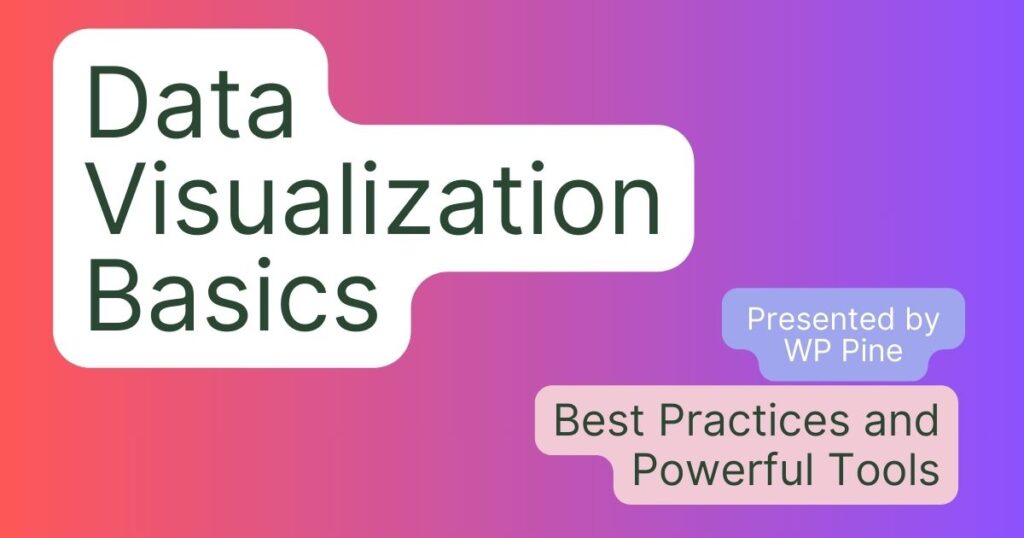In data analysis, sorting and presenting information effectively are critical for identifying key insights and communicating them clearly to stakeholders. Firms relying on data-driven decision-making must develop a strong understanding of data visualization methods and techniques to enhance their analytical processes. Visualization not only simplifies complex datasets but also ensures that insights are easily comprehensible and actionable.
This paper explores essential fundamentals of data visualization, highlighting best practices that contribute to impactful and accurate results. Additionally, it reviews several leading visualization tools designed to create compelling and interactive representations of data. By mastering these concepts and leveraging these tools, organizations can transform raw data into visually engaging insights, driving better decisions and fostering a deeper understanding of trends and patterns.
Why Data Visualization Matters
Data visualization converts complex data into a form that allows any human to easily understand it and, potentially, discover some patterns, trends, and outliers with a view. In doing so, it enriches decision-making of data. The reasons for data visualization being important are explained as follows:
- Clarity and Simplification: Visuals simplify the interpretation of complex information in an understandable form, creating insights right away.
- Identifying Trends: Charts and graphs indicate trends and correlations not directly observable in the raw data.
- Communication:
- It allows for easier communication across teams and stakeholders around data-driven insights by giving them a common view.
- Decision Support: Good visualizations aid in decision support by presenting data in a manner from which logical conclusions can be drawn.
Best Practices for Effective Data Visualization
For maximum value from business data, one has to adhere to some best practices in data visualization. These are stated below:
- Know Your Audience: Tailor it according to the audience in terms of their expertise and what information they require.
- Simplicity is Key: Avoid clutter and unnecessary elements. Keep visuals clean and focused on the key message.
- Use Appropriate Visual Types: Use the proper chart or graph type, properly representing data to illustrate intended insights. For example, use a bar chart for a comparison and a line chart for a trend.
- Emphasize Important Data: Use color, size, and annotations to draw attention to critical data points or trends.
- Ensure Accessibility: All visualizations should be accessible to all users. This encompasses alt text for images and readable color schemes for color-blind people.
- Consistency: There should be consistency in design elements like fonts and colors in all visualizations so that brand solidarity is maintained, and comprehension is maximized.
- Interactive Elements: Add interactivity in visualizations as applicable so that users can assess data dynamically.
Top Tools for Data Visualization
There are so many astounding data visualization tools at hand. Some of the best tools that empower a data analyst or a visualization expert are:
- Tableau: Easy to use, Tableau is mighty with its in-built analytics capabilities. With very little effort, one can create interactive dashboards and visualizations.
- Power BI: Much in the news, Power BI from Microsoft has strong features on data visualization, fully integrated with other Microsoft products to make it perfect for businesses already using Office 365.
- QlikView/Qlik Sense: Qlik’s products provide powerful analytics and visualization solutions suitable for enterprise-level data exploration and discovery.
- Google Data Studio: A free tool from Google that enables users to create customizable reports and dashboards using data from various sources, including Google Analytics and BigQuery.
- D3.js: A JavaScript library for producing dynamic, interactive data visualizations in web browsers. It gives developers full control over the visualization process.
- Plotly: Interactive, publication-quality graphs online. It caters to a large number of chart types and is particularly geared toward scientific and statistical visualization.
- Excel: Although less advanced than dedicated tools, Excel does support basic charting/visualization capabilities with the great advantage of universal access to, and familiarity with, the Excel environment.
Trends in Data Visualization
With evolving technology, several trends are shaping up in the future for data visualization:
- Augmented Reality (AR) and Virtual Reality (VR): These technologies offer immersive ways to interact with data, providing new perspectives and insights.
- Real-time Dashboards: The demand for real-time data visualization has been increasing due to a rise in the need for instant insight into a fast-moving environment.
- Automated Insights: By integrating machine learning and AI, visualization tools will automatically highlight the actionable insights involved in analyzing data.
- Storytelling with Data: It is important to tell the story and provide it with context besides the visualizations; this will make for compelling stories to which your audience can relate.
Conclusion
It’s not pretty chart junk; on the contrary, data visualization is more about turning raw information into actionable insights that will drive decisions and strategies. Armed with best practices and proper tools, businesses can empower themselves with the power of data visualization to derive competitive advantages and innovate. Such would require staying current with new trends for its effective application in the future, as technology is fast evolving.
Speaking prima facie, data visualization is an art and a science, centrally located between clarity, relevance, and accessibility. From very basic Excel charts for a person just stepping into the field to very active dashboards created by Tableau experts, the outcome expected out of it remains the same: creating any data-driven decision on compelling visual storytelling.
Additional Resources
For further reading on Data Visualization best practices and tools, consider exploring the following resources:
These resources provide comprehensive insights into advanced techniques, case studies, and practical applications of data visualization in diverse business contexts.
- Understand how Python works: Transform Your Skills with Python
- Django vs Flask by Wppine
- The Big Book of Dashboards by Steve Wexler, Jeffrey Shaffer, and Andy Cotgreave
- Storytelling with Data: A Data Visualization Guide for Business Professionals by Cole Nussbaumer Knaflic
- Information Dashboard Design: Displaying Data for At-a-Glance Monitoring by Stephen Few



